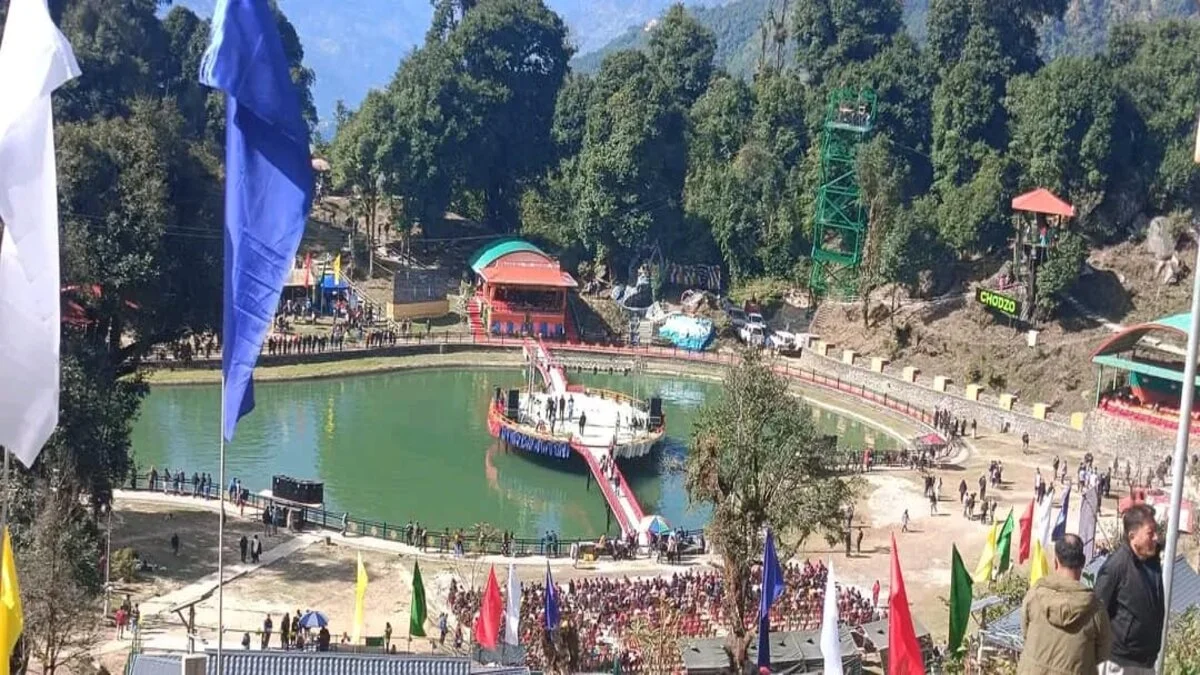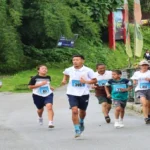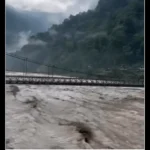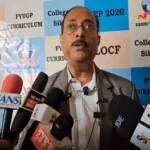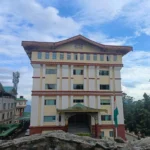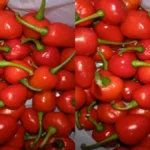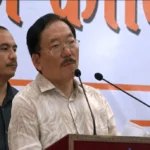Rabongla, Sikkim
Sikkim’s Chodzo Festival, set to take place from April 11 to 16 at Rabongla Chodzo Lake, is gearing up to be one of the state’s most significant tourism draws this year. The festival promises a thrilling mix of volleyball tournaments, cultural performances, and international business exchanges, aiming to put Rabongla on the map as a must-visit destination. Yet, despite its growing popularity, tourism officials face a puzzling challenge—tourists come, but few stay for long.
The Allure of the Chodzo Festival
The festival’s biggest attraction is the Chief Minister’s Gold Cup Open Volleyball Tournament, which draws teams from India and neighbouring countries. Last year, over 5,000 spectators packed the stands, and this year’s event is expected to be even bigger.
Alongside sports, the festival showcases Sikkim’s rich cultural heritage, with performances by local Lepcha, Bhutia, and Nepali communities. Traditional dances, folk music, and handicraft exhibitions give visitors a glimpse into the state’s diverse traditions.
Another key feature is the B2B (Business-to-Business) program, where entrepreneurs from Bhutan and Nepal meet to discuss tourism collaborations. This year, discussions will focus on cross-border travel packages, making it easier for tourists to explore Sikkim, Bhutan, and Nepal in one trip.
Why Tourists Love the Festival—But Leave Quickly
Despite its appeal, most visitors spend just 1-2 days in Rabongla before moving to Gangtok or Darjeeling. Here’s why:
- Limited Accommodation
- Rabongla has fewer than 50 hotels, most of which are budget lodges. Mid-range and luxury options are scarce, forcing tourists to stay in nearby towns like Namchi.
- Lack of Extended Itineraries
- Many tour operators promote Chodzo as a quick stopover rather than a multi-day experience. Few tourists know about nearby attractions like Tendong Hill treks, Borong Hot Springs, or Ravangla’s Buddha Park.
- Competition from Other Festivals
- April is packed with events, including Saga Dawa (April 15), a major Buddhist festival. Some tourists split their time between multiple celebrations, leaving little room to explore Rabongla deeply.
How Sikkim Plans to Keep Tourists Longer
To tackle these challenges, the state government and local businesses are rolling out new strategies:
- Homestay Expansion—The Sikkim Tourism Department encourages villagers to open homestays, which offer tourists a chance to experience rural life.
- Better Connectivity – Road improvements between Rabongla and nearby attractions are underway to make travel smoother.
- Marketing Push – A new campaign, “Stay Longer, See More”, highlights lesser-known spots like the Hee Bermiok tea gardens and Maenam Wildlife Sanctuary.
What’s Next for Sikkim Tourism?
The Chodzo Festival is just one piece of Sikkim’s plan to become a year-round tourism hub. With new investments in infrastructure and sustainability, officials hope Rabongla will soon be more than just a festival stop—it could become the heart of Sikkim’s cultural and eco-tourism growth.
Final Thought:
The Chodzo Festival proves that Sikkim can attract tourists. The challenge is convincing them to stay and discover even more of this Himalayan gem.
Call to Action:
“Planning a trip to Sikkim this April? Don’t just pass through Rabongla—stay, explore, and dive deeper into the Himalayas!”
